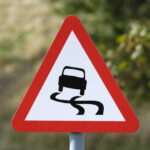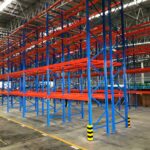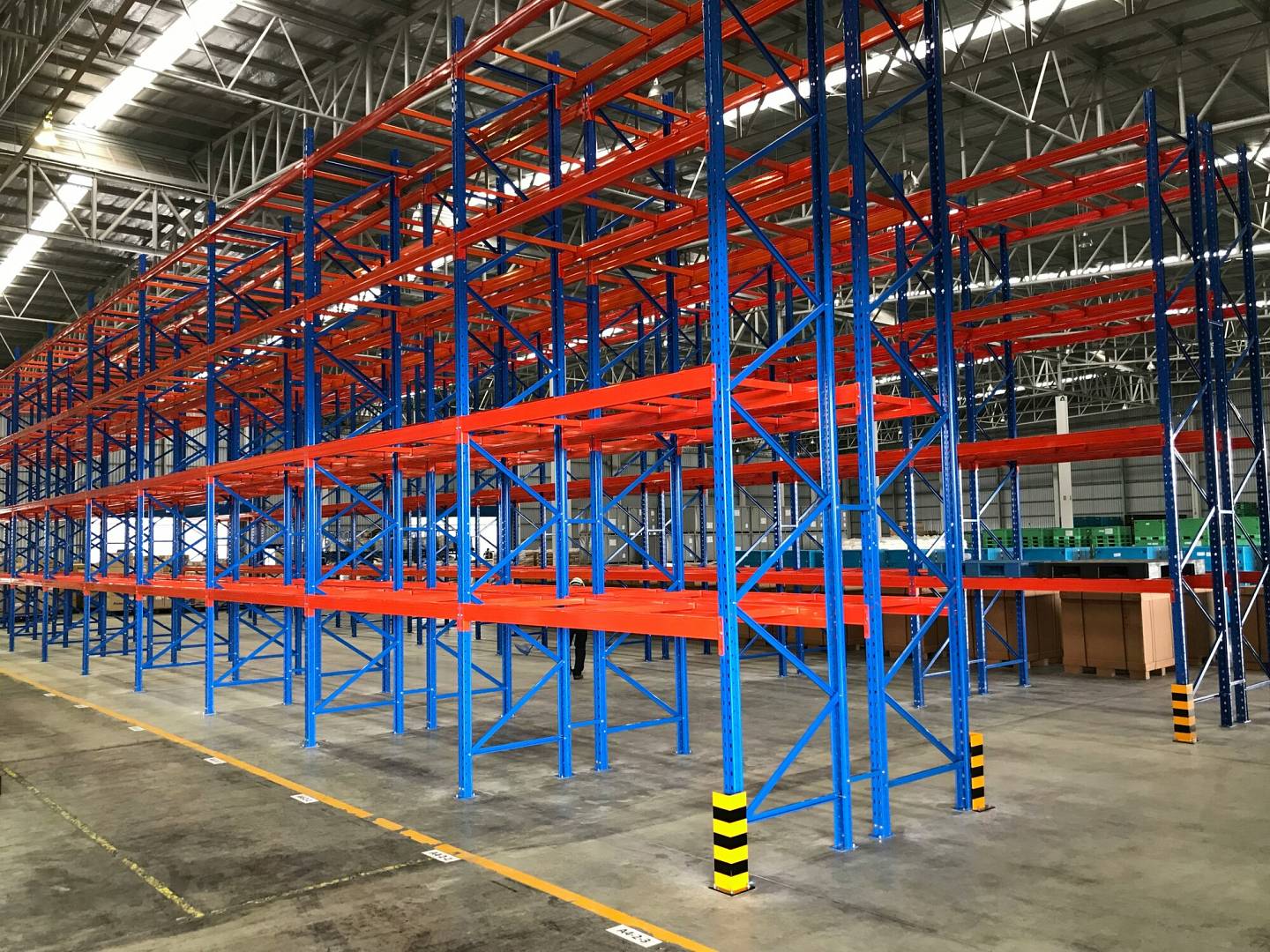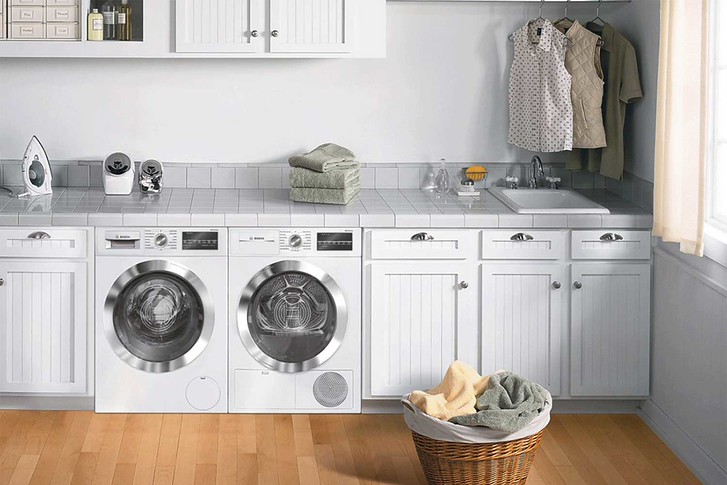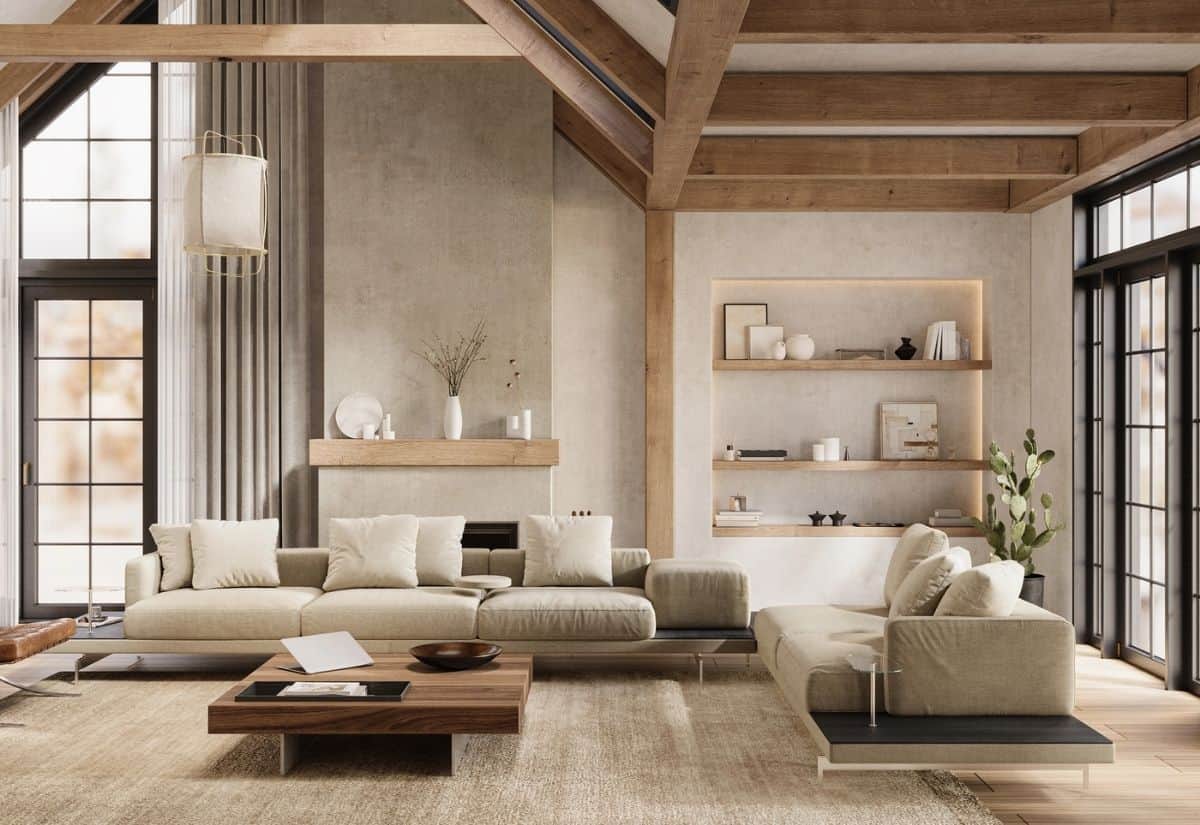Maintaining independence is a cornerstone of a fulfilling life, especially for seniors. The ability to safely navigate one’s home is crucial for preserving this autonomy. However, as we age, physical limitations may arise, making it necessary to adapt our living spaces. Home modifications can significantly enhance safety and comfort, allowing seniors to age in place with confidence.
Understanding the specific challenges faced by individuals is the first step in creating a suitable environment. A physiotherapy assessment can be invaluable in identifying potential mobility issues and areas within the home that may require adjustments. By pinpointing these challenges, a tailored plan can be developed to address specific needs.
Common Home Hazards for Seniors

The home, a place of comfort and security, can inadvertently pose risks for older adults. Common hazards often stem from age-related changes in mobility, vision, and balance. Slippery surfaces, uneven floors, and poorly lit areas can increase the risk of falls. Stairs, while a necessary part of many homes, can be particularly challenging for those with mobility limitations.
Bathrooms, often considered a haven for relaxation, can harbour hidden dangers. Wet floors, slippery tubs, and difficulty reaching essential items can contribute to accidents. Kitchens, another central hub of the home, present their own set of challenges. Reaching high cupboards, carrying heavy items, and navigating cluttered spaces can be arduous for seniors.

It is essential to conduct a thorough assessment of the home to identify potential hazards. By addressing these issues proactively, seniors can significantly enhance their safety and independence.
Essential Home Modifications
Transforming a home into a safe and accessible haven for seniors often involves making specific modifications. These changes can significantly enhance mobility and independence.
The bathroom, a room frequently associated with falls, can be made safer through a variety of adaptations. Installing grab bars near the toilet and shower can provide crucial support. A raised toilet seat can ease the process of sitting down and standing up. Walk-in showers, without the obstacle of a bathtub step, can also reduce the risk of slips and falls.
Kitchens can be adapted to accommodate changing needs. Lowering upper cabinets or installing pull-down shelves can make it easier to reach items. Adjustable countertops can be used to create a comfortable working height. Non-slip mats and adequate lighting are essential safety features for the kitchen.
Bedrooms and living areas also benefit from modifications. Improved lighting, especially in hallways and stairwells, can help prevent falls. The strategic placement of furniture can create clear pathways, reducing the risk of tripping hazards. For those with mobility challenges, ramps can be installed to provide access to different levels of the home.
By implementing these modifications, seniors can create a home environment that promotes safety, comfort, and independence.
Creating a Fall-Proof Environment
Preventing falls is a paramount concern for seniors. A fall can lead to serious injuries and a loss of confidence, impacting overall quality of life. Several strategies can be implemented to create a fall-proof environment.
Adequate lighting is essential throughout the home. Installing brighter bulbs, using nightlights, and adding motion sensor lights can significantly improve visibility. Clutter should be minimised as it can create tripping hazards. Loose rugs and cords should be secured or removed altogether. Handrails should be installed on both sides of stairs and in hallways for added support.
Regularly inspecting the home for potential hazards is crucial. Checking for loose floorboards, uneven steps, and worn carpets can help identify and rectify problems before they lead to accidents. It’s also important to wear appropriate footwear with good grip to reduce the risk of slips and falls.
By taking these proactive measures, seniors can create a safer living space and enjoy greater peace of mind.
The Role of Healthcare Professionals
Consulting with healthcare professionals is an essential step in creating a safe and accessible home environment. Physiotherapists and occupational therapists possess the expertise to assess an individual’s specific needs and recommend appropriate modifications.
Physiotherapists focus on physical function and mobility. They can evaluate an individual’s strength, balance, and range of motion to identify areas where home modifications can be beneficial. Occupational therapists, on the other hand, consider how daily activities are impacted by physical limitations. They can suggest adaptations to make tasks easier and safer to perform.
For comprehensive home assessments and personalized recommendations, consider consulting with the experts at AppliedMotion https://appliedmotion.com.au/physiotherapy-in-perth/. Their team of physiotherapists and occupational therapists can work together to develop a tailored plan to address your unique needs and create a home that supports your independence and well-being.
By working closely with these professionals, seniors can develop a comprehensive plan to address their unique needs and create a home that supports their independence and well-being.

Financial Assistance for Home Modifications
Undertaking home modifications can be a significant financial investment. However, various resources and assistance programs are available to help offset the costs. It’s essential to explore these options to determine eligibility and available support.
Government programs, such as those offered by the Department of Veterans Affairs (VA) or the Department of Housing and Urban Development (HUD), may provide grants or low-interest loans for eligible homeowners. Additionally, some state and local governments offer financial assistance for home modifications.
Non-profit organisations and disability advocacy groups often provide information and support regarding funding opportunities. Contacting these organisations can help identify potential resources tailored to specific needs.
It’s crucial to research available options carefully and understand the eligibility criteria for each program. Seeking guidance from financial advisors or housing specialists can be beneficial in navigating the process.

By exploring these financial avenues, seniors can make necessary home modifications without undue financial burden, enhancing their independence and quality of life.
Independence Investment
Investing in home modifications is an investment in independence, safety, and overall well-being for seniors. By creating a safe and accessible living environment, individuals can maintain their autonomy and enjoy a higher quality of life.
It’s essential to remember that every home and individual is unique. Consulting with healthcare professionals, such as physiotherapists and occupational therapists, can provide valuable guidance and personalized recommendations. By taking proactive steps to modify the home, seniors can age in place with confidence and comfort.
Remember, a safe and accessible home is the foundation for a fulfilling and independent lifestyle.


